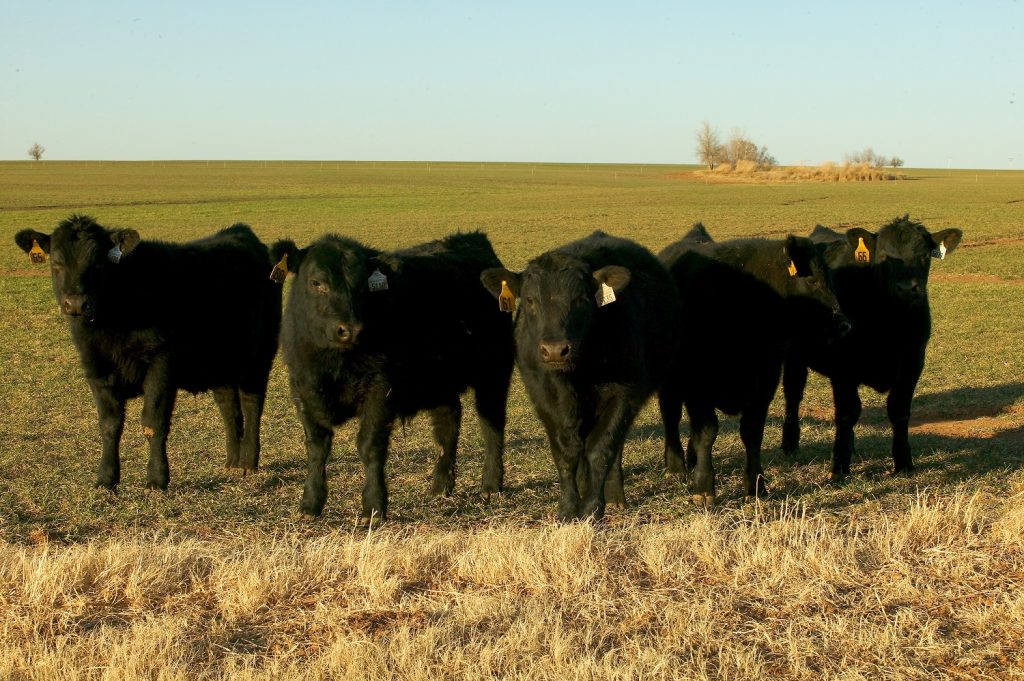
Weekly, Oklahoma State University Extension Beef Cattle Nutrition Specialist Paul Beck offers his expertise on the beef cattle industry. This is part of the weekly series known as the “Cow Calf Corner,” published electronically by Dr. Derrell Peel, Mark Johnson, and Beck. Today, he talks about drinking water for stocker cattle on wheat pasture.
We finally got some good general rains across Oklahoma in late October and much of the wheat producing areas of the Southern Plains, it looks like we may finally have prospects of grazing wheat pasture this winter. There are areas that may have gotten sufficient rain for forage growth but not enough to refill ponds for adequate drinking water this winter. Water is considered an inexpensive, readily available, and renewable natural resource. However, this is not true if we have to haul water or drill new wells.
The influence of reduced water availability on cattle grazing forages with high moisture content like wheat pasture has been given only cursory attention. Therefore, researchers at OSU looked to investigate the influence of drinking water access on animal performance, forage intake, and blood responses in steers grazing wheat pasture. This research used 10 Angus-cross steers that were either free-choice access to water or 50% of the steer’s baseline drinking water intake measured for a week before the experiment began. Steers were individually hand-watered once per day for the entire 35-day experiment.
Average daily gains were 0.47 pounds per day greater for steers given free-choice access to water (2.76 pounds per day) than water-restricted steers (2.29 pounds per day). Reduced access to water did not affect forage intake or blood-packed cell volume. Blood creatinine and albumin concentrations were greater for steers that were deprived of water. On day 7, serum sodium and phosphorus concentrations were significantly higher in water-restricted steers than free-choice steers. Additionally, mean serum phosphorus concentrations were significantly higher in water-restricted steers on day -7 and 7 compared to free-choice steers. Changes in serum component concentrations were indicative of loss of extracellular fluid. Despite the lower ADG in water-restricted steers, performance of steers in both treatment groups were within reported values for cattle grazing wheat pasture, but the increase in performance indicates the importance of fresh clean drinking water for growing calves.
These results indicate that steers deprived of drinking water can effectively utilize free-water in succulent forages with a reduction in performance but no adverse health effects. Access to free-choice drinking water is advisable to minimize the likelihood of acute dehydration and optimize performance gains in stocker cattle grazing wheat pasture.

















